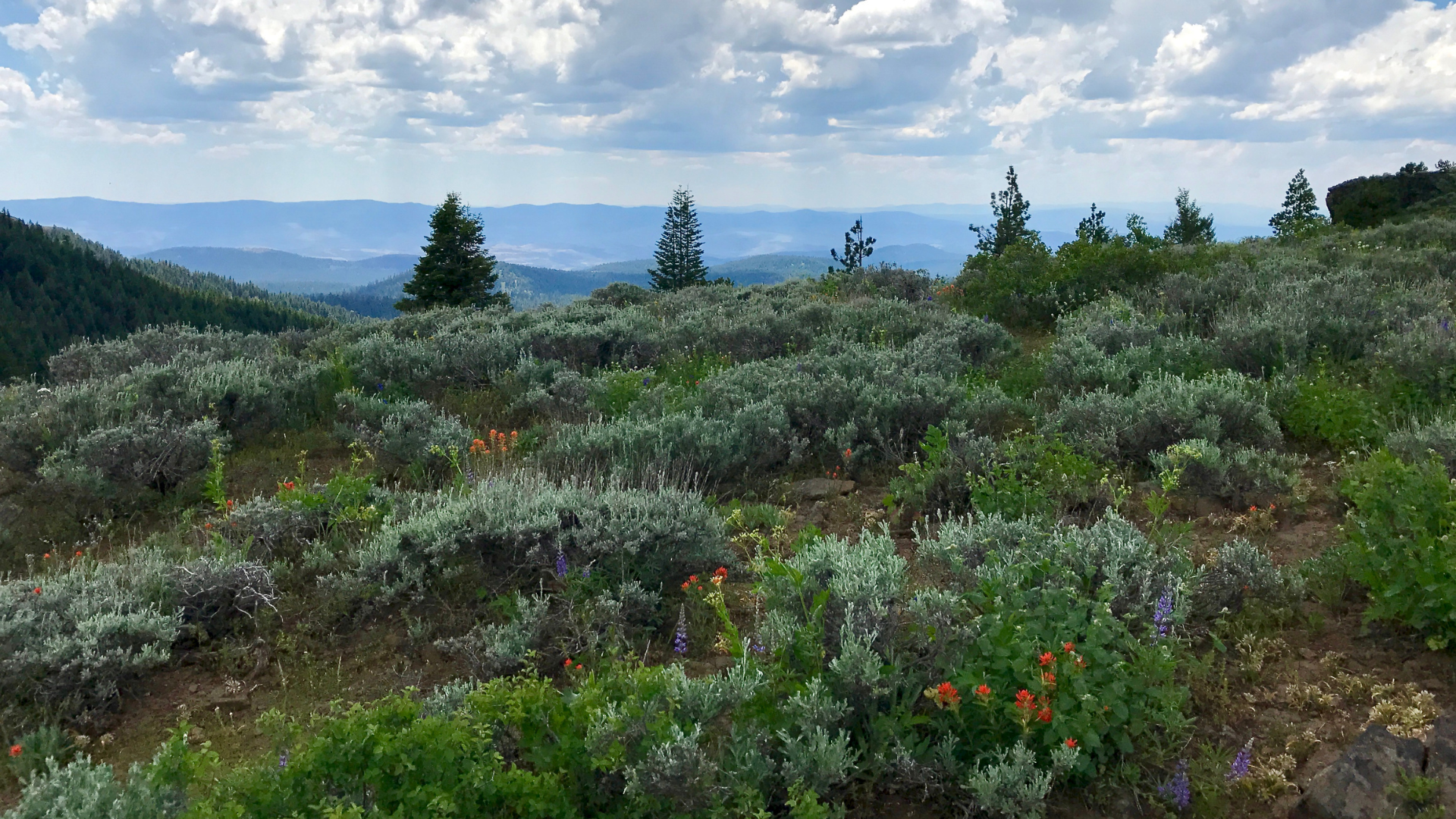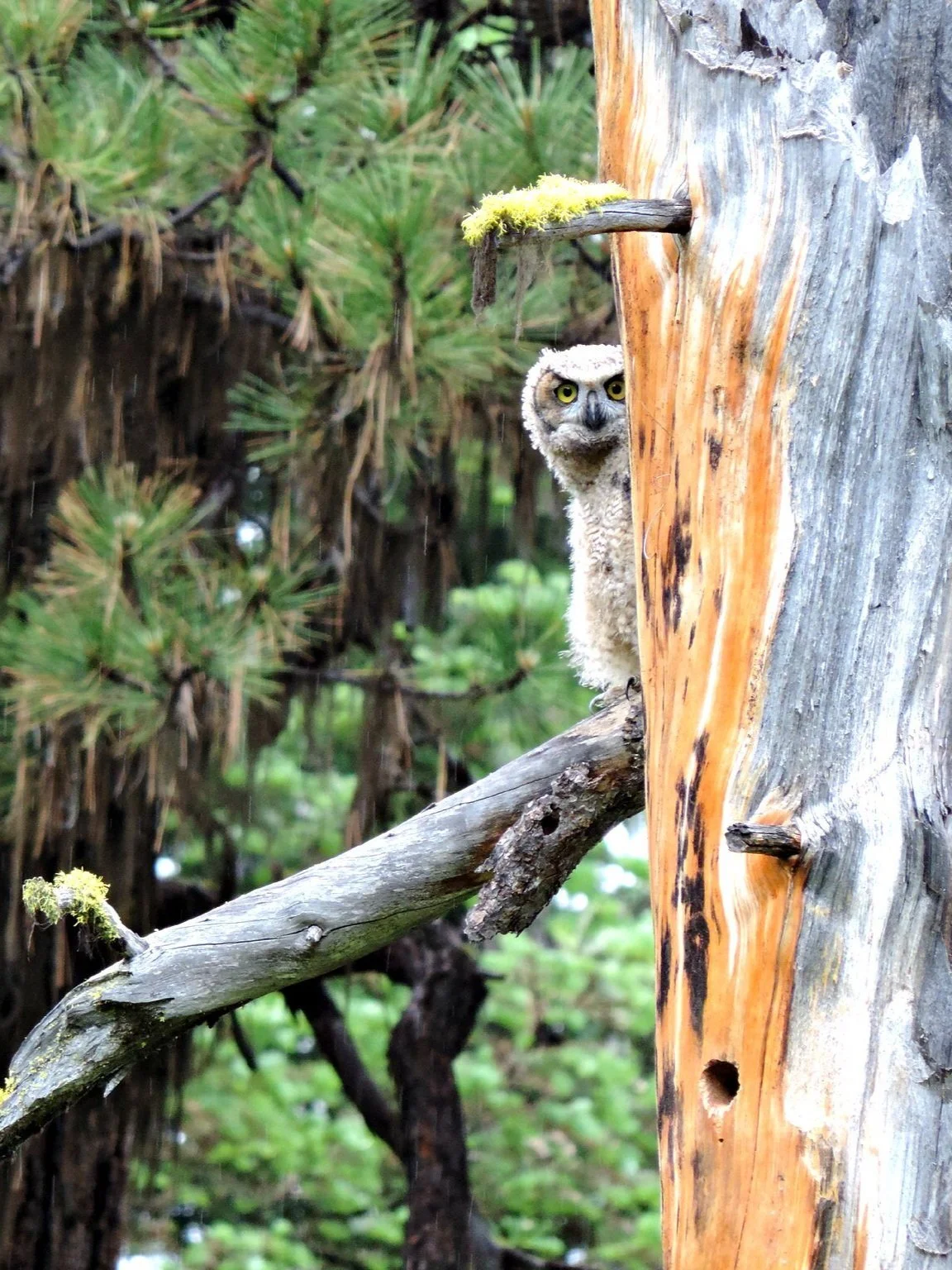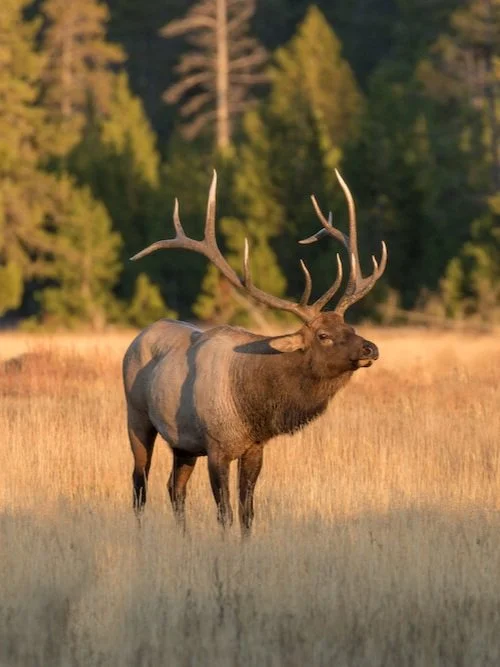What We Lose Without the Roadless Rule
Pushing roads into these breathtaking places would change Central Oregon forever
On June 23, 2025, U.S. Department of Agriculture Secretary Rollins announced that the Trump administration is rescinding the Roadless Area Conservation Rule (“Roadless Rule”).
As this news makes headlines, here’s a primer to help you come up to speed on the importance of the Roadless Rule, learn what can be expected next, and find out how you can plug in to defend public lands in Central Oregon and beyond from this new threat.
If you’re not already getting our action alerts, sign up here.
Oregonians: To send a message to your elected represenatives, head here.
-
The Roadless Area Conservation Rule was adopted in 2001.
To ensure the natural condition of the wilderness forests under federal jurisdiction and to maintain their integrity as complex ecosystems, the Clinton administration issued the Roadless Area Conservation Rule, declaring part of the national forest preserves as “roadless,” thus protected from any new mining, lumbering, drilling, and housing development interests.
Its intent was to control the amount of road-building activities undertaken by the Forest Service, and to limit road-building in “inventoried roadless areas” in order to minimize the negative environmental impacts of road construction, maintenance, and automobile traffic—all of which have a wide range of negative environmental impacts.
Another key impetus behind the Roadless Rule was to expand the system of protected federal lands to include lower-elevation ecosystems. Efforts to create National Parks, wilderness areas, and preserves had successfully preserved high elevation ecosystems—think rugged, beautiful rock-and-ice wildernesses that were difficult to develop. At the time, important ecosystems at mid elevations were not well represented in the US system of protected lands and also more vulnerable to development.
The Roadless Rule succeeded in providing a great deal of protection to a large group of lands that previously had little protection within the Forest Service’s administrative structure. Developed through years of work and community meetings, the rule had massive public support, generating a record 1.6 million public comments—and it has faced substantial opposition from development interests in the ensuing years.
During the first Trump administration, a Freedom of Information Act request showed that 96 percent of comments submitted to the US Forest Service were in favor of maintaining the Roadless Rule protections.
Roadless areas near Lookout Mountain in the Ochoco National Forest are at risk. Photo: Joan Amero
At Stake in Central Oregon
Locally, the rescission of the Roadless Rule could impact nearly 200,000 acres of inventoried roadless areas.
137,000 acres in the Deschutes National Forest
61,000 acres in the Ochoco National Forest and Crooked River National Grasslands
-
Bridge Creek
Tumalo Creek
Tumalo Mountain
Happy Valley
Ball Butte
Deschutes Canyon-Steelhead Falls Wilderness Study Area
The Metolius River, on the southern/river right side, near Green Ridge
Areas surrounding Three Creeks Lake and Tam McArthur Rim
Areas surrounding Paulina Lake and East Paulina Lake
Areas to the west and south of Mt. Bachelor, including Kwolh Butte
Maiden Peak and the western side of Waldo Lake
-
Green Mountain
Lookout Mountain
At Stake Nationally
The proposed rollback of the 2001 Roadless Rule jeopardizes over 58 million acres of undeveloped backcountry forestland managed by the U.S. Forest Service. That is roughly a third of the territory in our national forest system.
KEY CONCERNS
Rescinding this rule will have severe consequences in Central Oregon, while at the same time having a dramatic negative impact across the nation.
Roadless Areas provide:
Habitat for Imperiled Species
Many important lower-elevation forests, wetlands, and canyons are protected by the Roadless Rule.
In Central Oregon, these areas are critical to the ecological health of our region and offer essential habitat for native salmon and trout, owls, wolves, and more.
Across the country, areas that are not fragmented by road provide habitat for our most sensitive and imperiled species. Per the U.S. Forest Service, roadless areas provide habitat for more than 200 threatened and endangered species, including California condors, brown bears, and lynx.
Juvenile owl in the Ochoco National Forest. Photo: U.S. Forest Service
Migration Corridors and Game Habitat
In Central Oregon, roadless areas in the Metolius River Basin are vital to large herds of elk and mule deer. With a broad coalition of groups working to establish wildlife crossings that will reconnect the migration corridor that is split by Highway 20, it would be harmfully counter-productive to fragment the roadless areas in this region.
Across the west, protected roadless areas help ensure the migratory game corridors that elk, mule deer, and pronghorn rely on remain intact and safe from the industrial development that roads enable.
Our Drinking Water
The Bend Municipal Watershed’s pristine spring-fed source originates from the isolated headwaters of Bridge Creek, and the Middle Fork of Tumalo Creek, high up in the Cascades within the Deschutes National Forest.
Across the country, National Forests and Grasslands are the single most important source of municipal water supply in the US, serving over 60 million people in 3,400 communities in 33 states.
Roads are a major source of water pollution, and the Roadless Rule has been vital for maintaining clean drinking water by protecting many of the headwaters of our country’s great rivers.
Subsistence and Cultural Values
Roadless areas help sustain cultural practices, including hunting, fishing, and gathering forest plants for food, medicine, and traditional arts.
In Central Oregon, places at risk include the Metolius River and Paulina Lake and East Lake—waters well-known for their large numbers of Kokanee salmon, brown trout, and rainbow trout.
Across the country, our roadless areas contain numerous culturally-important sites and subsistence use areas that are critical to food security for many indigenous communities, from the Gwich'in in Alaska to the Navajo in Arizona, Utah, and New Mexico.
Recreational Opportunities
Access to unspoiled natural areas for solitude and outdoor recreation is a cornerstone of the livability we enjoy in Central Oregon.
Many cherished experiences, including hiking on the Pacific Crest Trail, which winds through roadless areas west of Bend and Sisters, are now at risk.
Nationwide, millions of people count on protected roadless areas as they seek out places to hunt, fish, camp, hike, bike, paddle and more. Within roadless areas, one can find:
5,500+ rock climbing routes
550+ river miles for paddling
9,200+ miles of hiking trails
7,900+ miles of mountain biking trails
17,900+ total miles of non-motorized trails
600+ miles of backcountry ski trails
Black Crater. Photo: Matt Oliphant
More Logging Doesn’t Help Us Address Wildfire
While it is clear that the intent behind rolling back the Roadless Rule is to re-open these forests to logging and other industrial development, proponents of the rollback are simultaneously suggesting that this rescission is also needed to help address wildfire.
That logic falls flat on many fronts.
First, the Roadless Rule already has many flexible provisions that allow for the construction of roads as needed to address fires, floods, or other catastrophic events, as well as non-emergencies, like the need to connect communities.
Second, the presence of roads is closely associated with wildfire ignitions. A report assessing a decade of wildfires found that more than 90 percent of wildfires occurred within half a mile of a road. A recent study assessing three decades of wildfires found that wildfires were four times as likely to start in areas with roads than in roadless forest tracts.
Third, roadless areas, which are generally located farther from communities, help with wildfire management as they can provide spaces where fires may burn naturally to reduce fuel load with a lower risk of endangering homes or firefighters.
And, finally, this proposal comes amidst a wave of other administrative actions that have called for a dramatic increase in logging, as well as oil and gas drilling on federal lands. As logging most often targets bigger, older trees, we’ll lose out on their service storing carbon dioxide, all while hastening climate change by continuing to rely on fossil fuels.
Punching more roads into our forests will only lead to more wildfires, both directly ignited and indirectly exacerbated through climate change.
What To Expect Next
Environmental groups have already promised to litigate this move. As Drew Caputo of Earthjustice stated: “If the Trump administration actually revokes the roadless rule, we’ll see them in court.”
More than 45 members of the House and Senate have signed onto the proposed Roadless Area Conservation Act, which would enshrine into law the protections of inventoried roadless areas, and which could only be rolled back by another act of Congress, rather than administratively by the Forest Service.
What You Can Do Now
You’ve already taken the most important step. Educating yourself on the background and issues will help you engage in meaningful discussions about how to preserve the important conservation measures contained in the Roadless Rule.
Now is a great time to voice your concern publicly.
1.) Urge your Congresspeople and the Forest Service to listen to the American people and scientists and stop rescinding rules that protect our communities and our forests. It will not be simple, but we need to get the agency to focus its resources on advancing science-based forest management projects. That is the path that will help ensure our forests continue to support wildlife, provide clean drinking water, reduce the threat of wildfires, and offer much-needed places for connection and recreation.
ACTION ITEM FOR OREGONIANS:
2.) Talk about this issue. Talk with your friends, pen a letter to the editor, or, if you’re on social media, post a beautiful photo of a roadless area with the social media hashtags: #SaveRoadless #RoadlessForests #RoadlessRule
Sample post:
The #RoadlessRule has preserved some of America’s last remaining wild and intact forests. These protected areas provide essential wildlife habitat and offer abundant opportunities for outdoor recreation. We can’t afford to lose them, but @SecRollins wants to open them up for logging. #SaveRoadless
If you’re not already getting our action alerts, sign up here.
In The News
Read any of these recent news stories for more on this rescission.
Select Stories in National News Outlets
New York Times: Trump Administration to End Protections for 58 Million Acres of National Forests
Washington Post: Trump to strip protections from millions of acres of national forests
LA Times: Trump administration rescinds ‘Roadless Rule’ that protects 58 million acres of national forests
E&E News: Trump administration to kill roadless forest protections
NPR: Trump to rescind "Roadless Rule" which protects 58 million acres of forest land
Grist: The Trump administration claims roads in forests prevent wildfires. Researchers disagree
Stories in Oregon News Outlets
OPB: Trump administration plans to rescind rule blocking logging on national forest lands
Lookout Eugene-Springfield: Local forest land falls under ‘reckless’ Trump proposals for development
Jefferson Public Radio: Removing public land protections has Southern Oregon conservationists worried
Capital Press: Trump rescinds Forest Service 2001 ‘Roadless Rule’
Statesman Journal: Trump drops ‘roadless rule,’ opening 2 million acres in Oregon for logging, roads
MORE NEWS ON THE HORIZON









